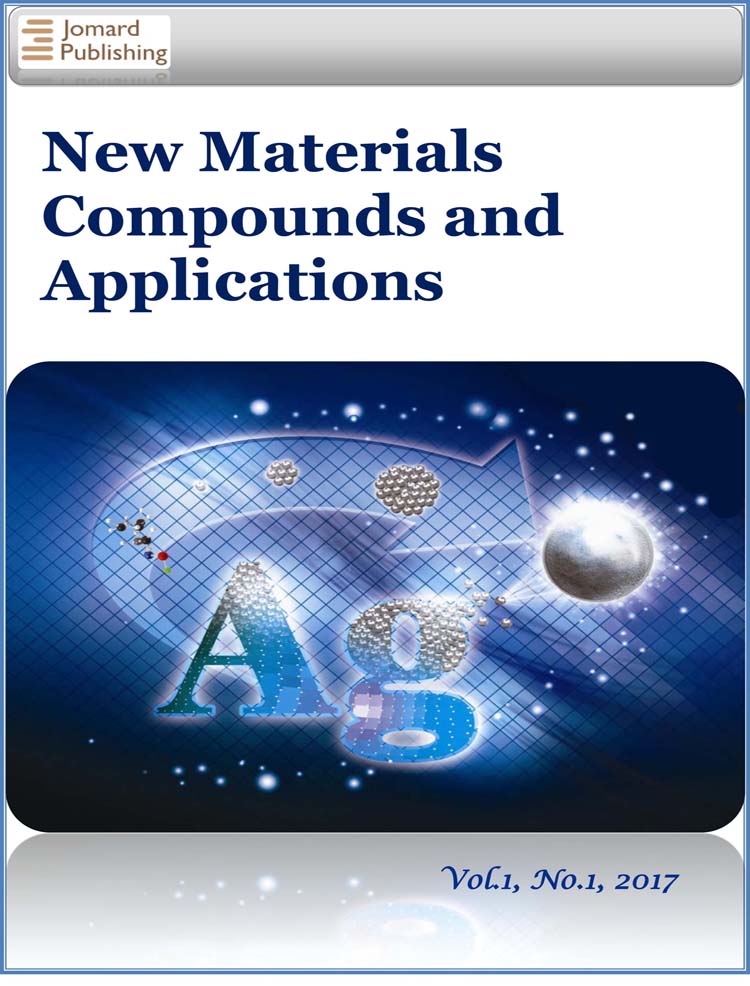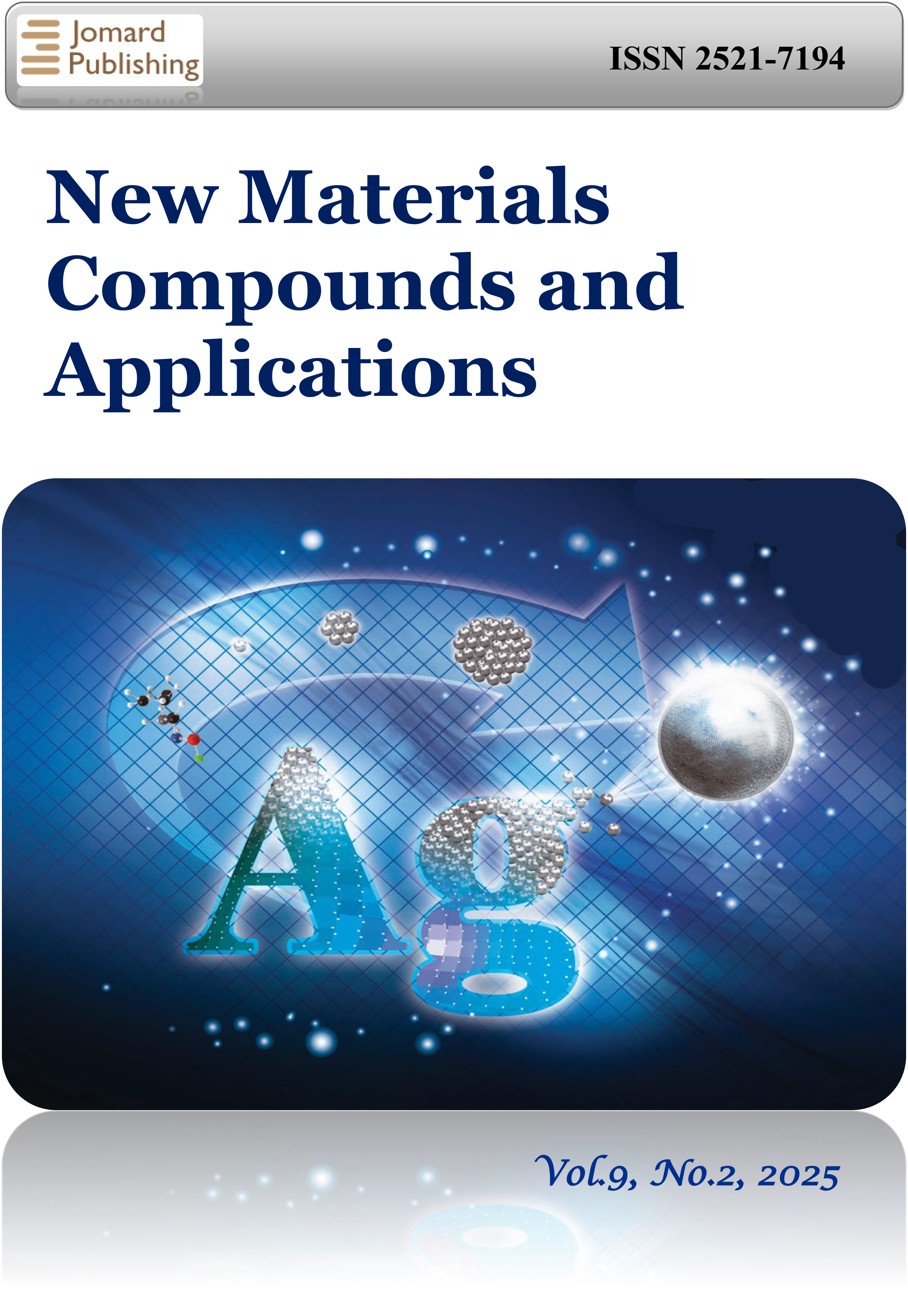Synthesis of Complexes Based on Natural and Synthetic Polymers Containing Nickel
- Published: 04-08-2025
Share
Nickel nanoparticles, unlike other catalysts, exhibit stable catalytic activity across a wide range of pH conditions. However, due to their high surface energy, metal nanoparticles are thermodynamically unstable and tend to undergo aggregation during catalytic processes. One of the most effective strategies to enhance their catalytic performance is stabilizing them within polymer matrices. To prevent nanoparticle agglomeration without altering their intrinsic properties, small-molecule ligands are incorporated into the polymeric structure. While polymer matrices help maintain the original characteristics of nickel nanoparticles, the interactions between the nanoparticles and the polymer enhance their catalytic potential and improve the processability of the polymer. Extensive research has demonstrated that polymer-stabilized nanoparticles facilitate catalytic reactions at their surfaces. The primary advantages of metal-polymer nanocatalysts lie in their ability to promote a broad spectrum of reactions under mild temperature and pressure conditions. Both natural and synthetic polymer-supported metal nanocatalysts have garnered significant attention due to their exceptional catalytic activity. Natural nanocatalysts provide environmentally friendly alternatives for organic synthesis and other chemical transformations, while synthetic nanocatalysts, particularly those based on transition metals and composite supports, enhance efficiency in diverse chemical conversions. Consequently, the synthesis of homopolymers and copolymers that integrate the properties of both natural and synthetic polymers has become a subject of growing interest. Their primary advantage lies in the ability to develop novel, advanced materials with diverse functionalities through relatively simple synthetic procedures. In this context, the present study focuses on the synthesis of a gelatin/PVP/Ni complex. The resulting gelatin/PVP/Ni composite material has been extensively characterized using FTIR, UV-Vis, XRD, SEM, DLS methods.
- View 632
- Downloads 123
- Saveds 0
- Citations (Crossref) 0



